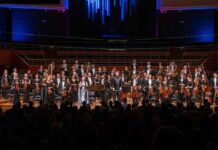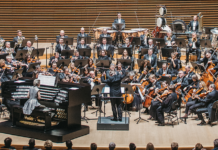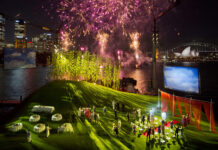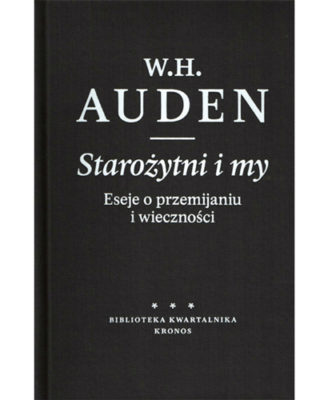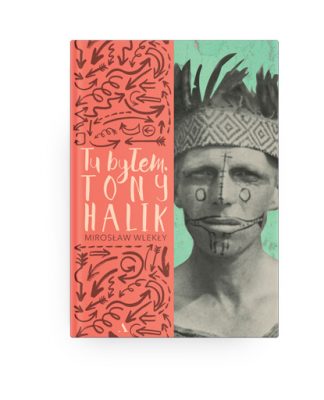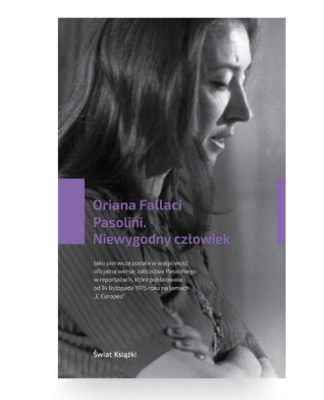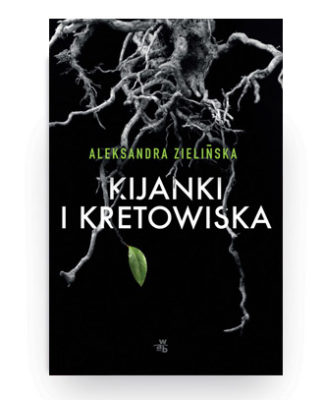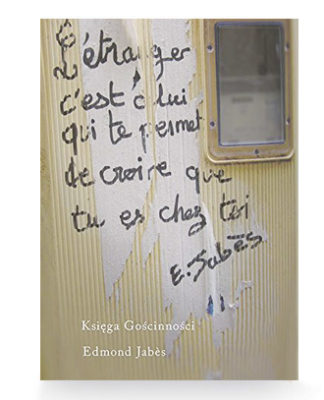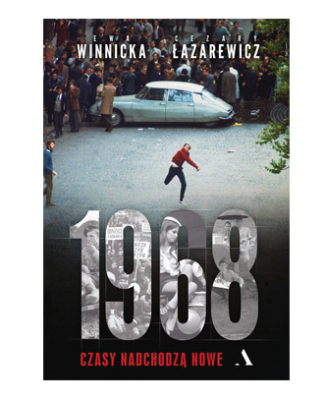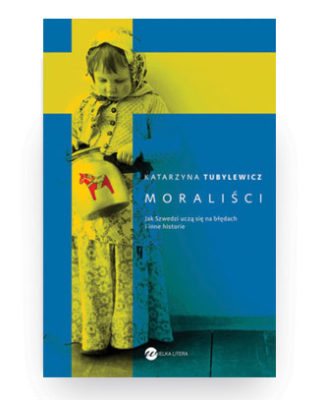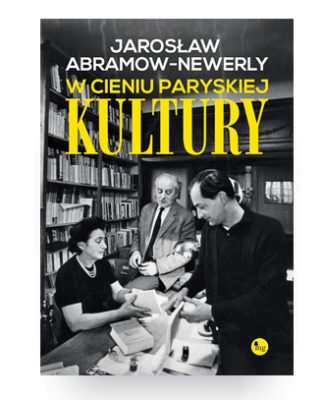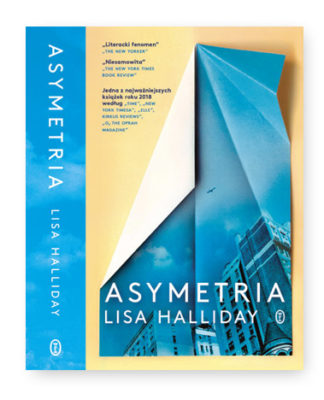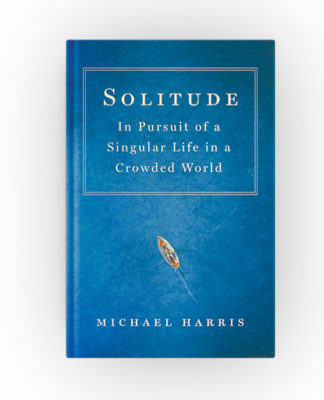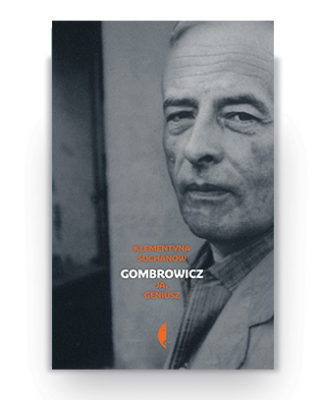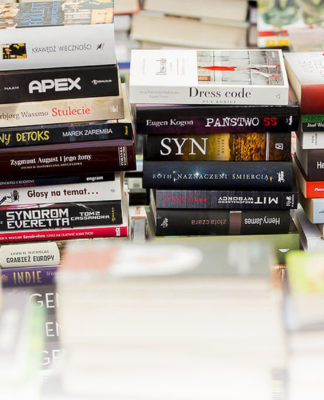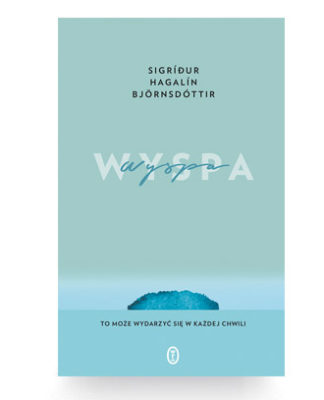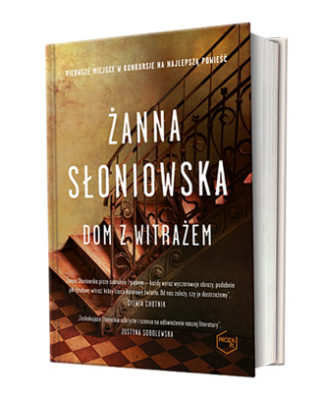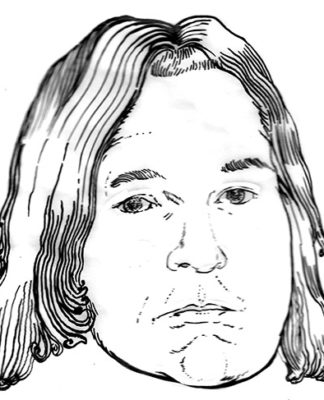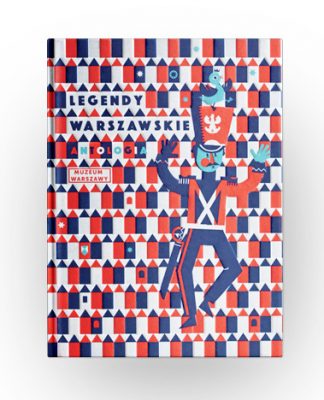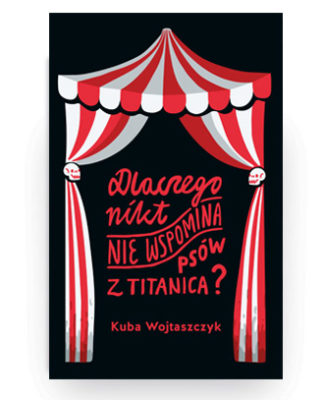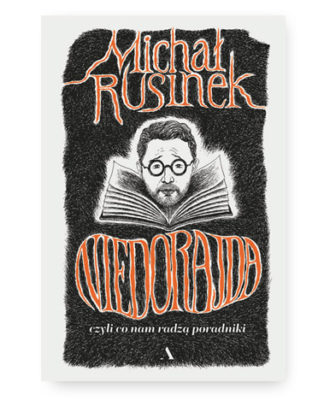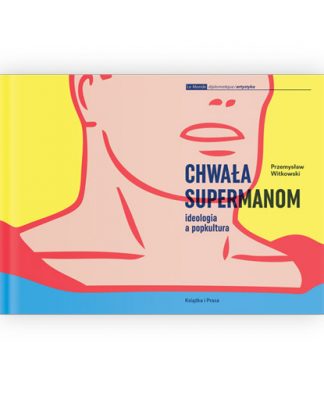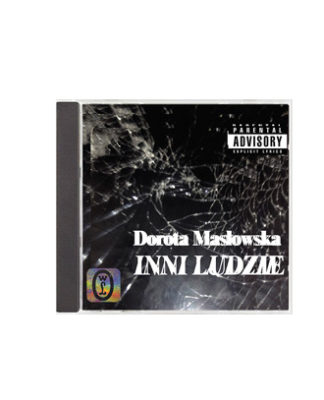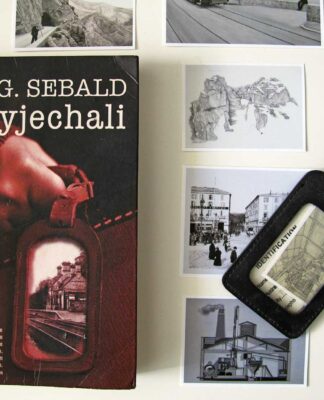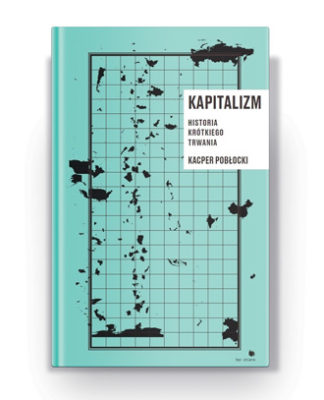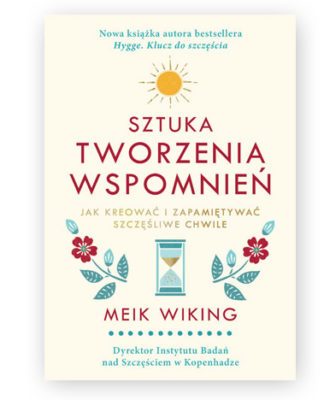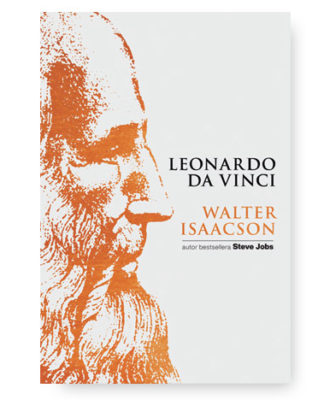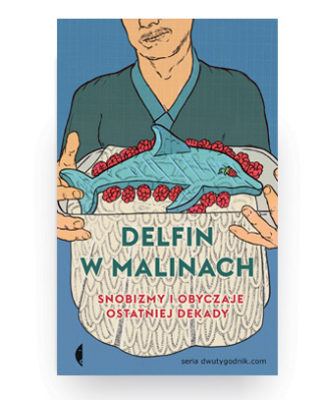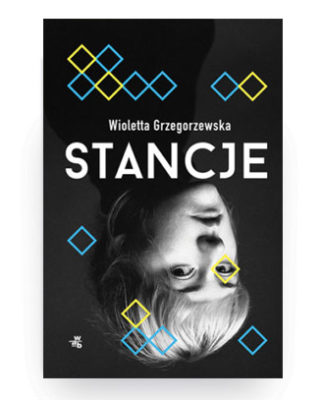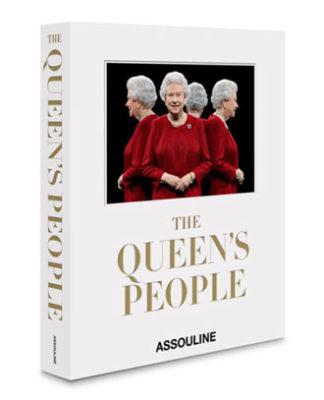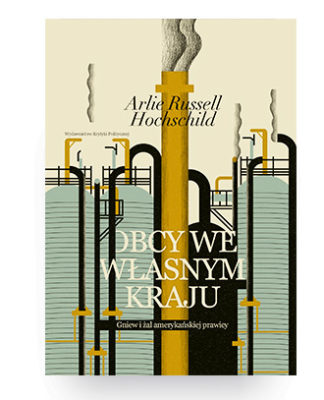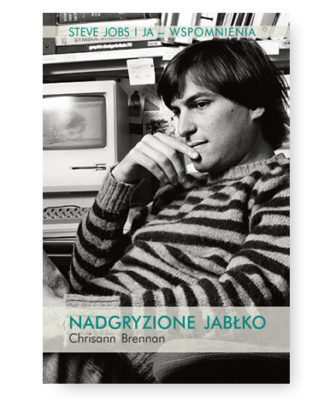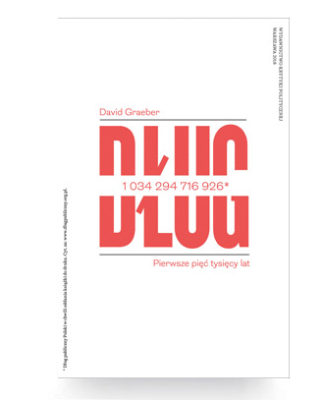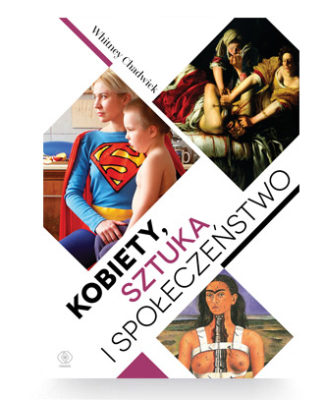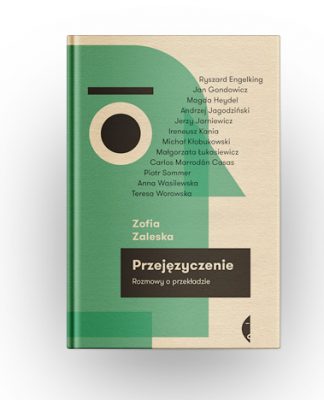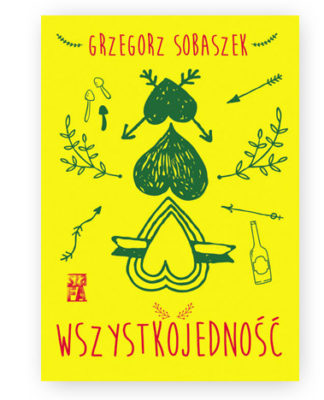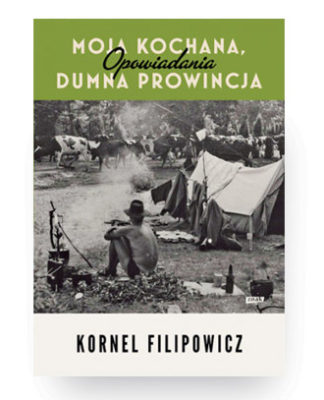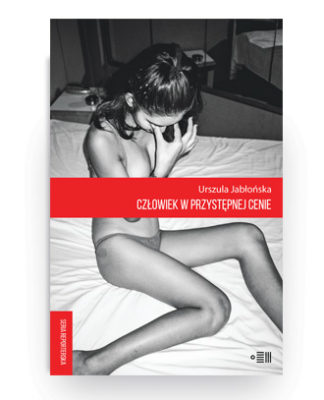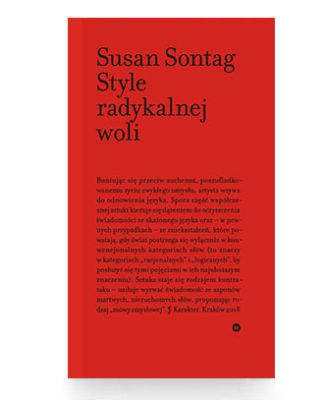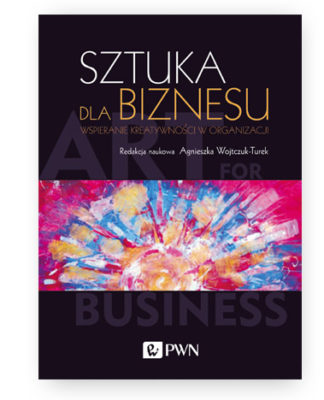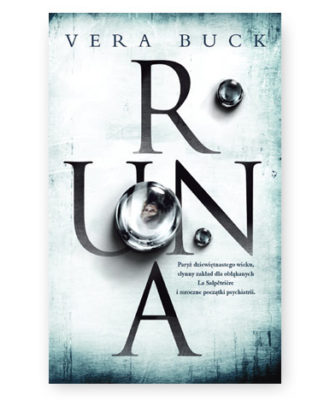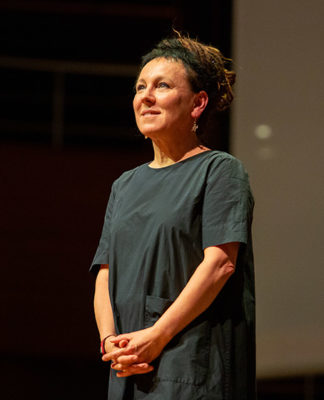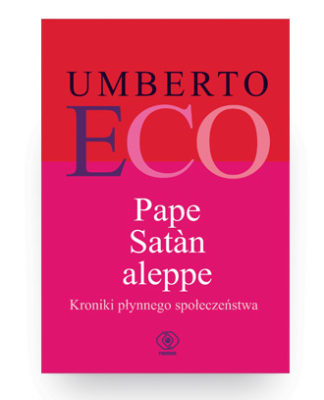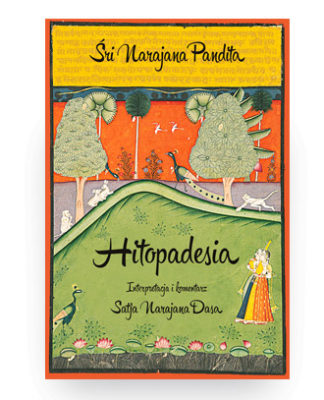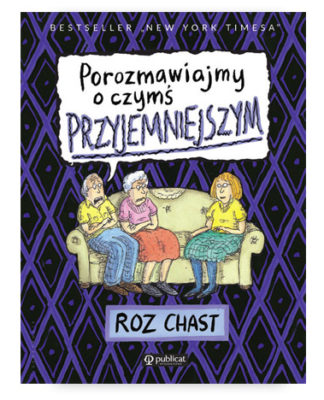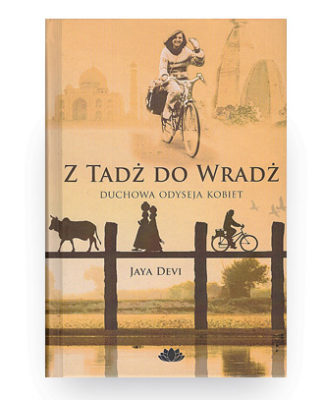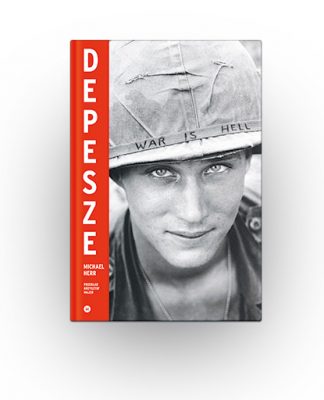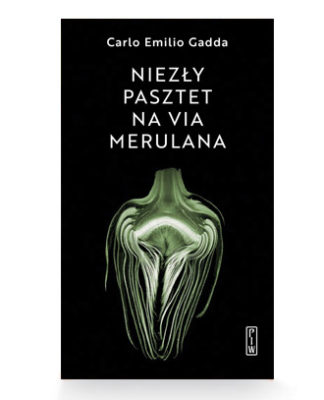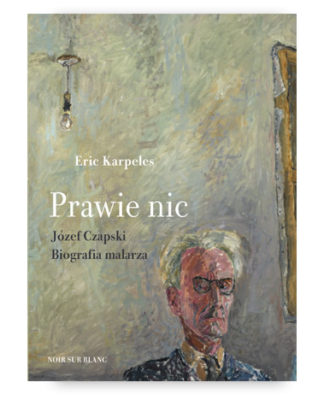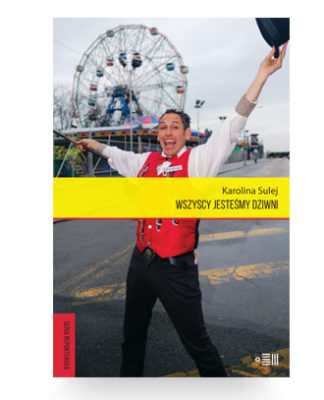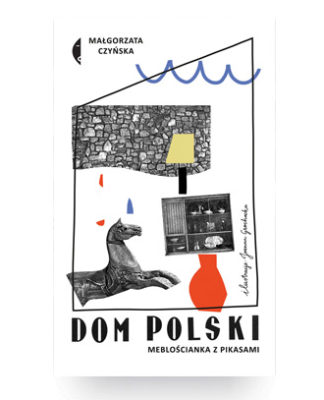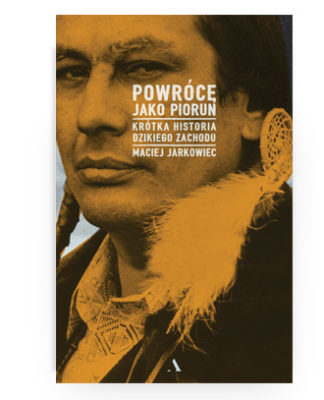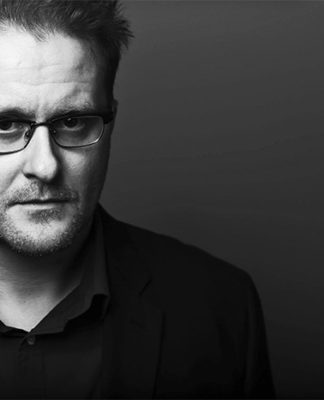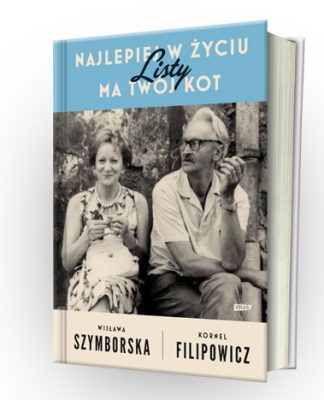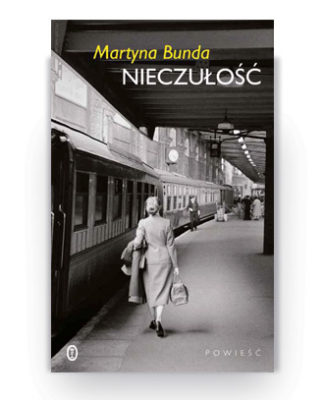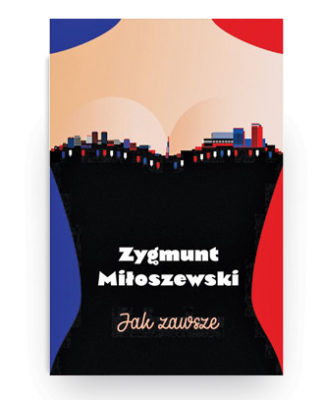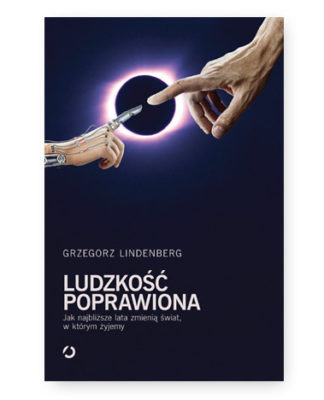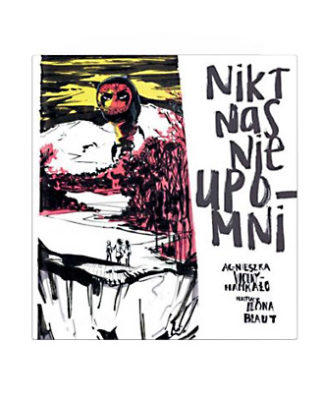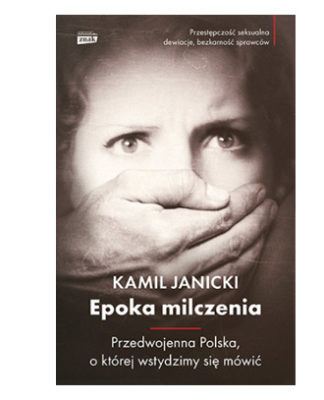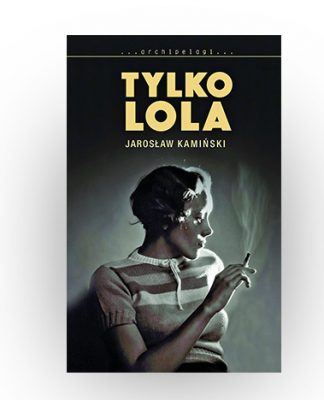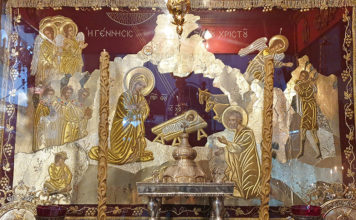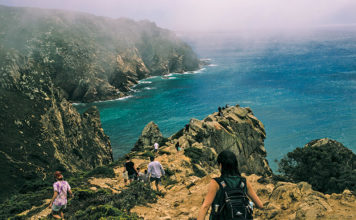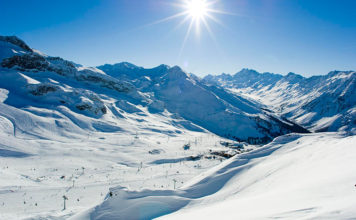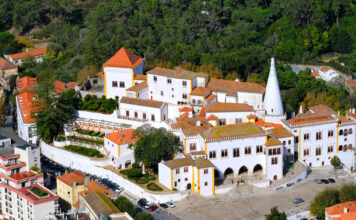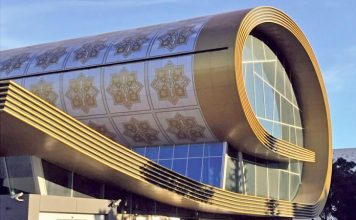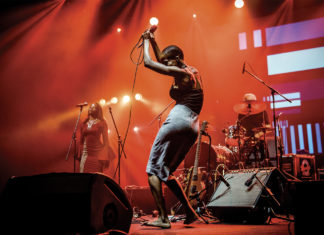Kliknij tutaj, aby przeczytać w wersji polskiej.
Swan Lake
(West Australian Ballet)
Friday 18 November, 2022
His Majesty’s Theatre, Perth
★★★★★
Text: Jansson J Antmann
When it was announced that Krzysztof Pastor would create a new production of Swan Lake for West Australian Ballet, expectations immediately skyrocketed. His award-winning staging of Dracula for the Perth-based ensemble had set the bar incredibly high, taking the world by storm with subsequent productions in Brisbane, Riga, Warsaw and, shortly, Helsinki. Reuniting with the creative team behind that production, could Pastor repeat its success? The answer is a resounding yes!
Whether recreating well-known titles in the repertoire like Swan Lake and Romeo and Juliet, or creating brand-new ballets like Casanova in Warsaw and Dracula, Pastor has the extraordinary ability of combining his neoclassical roots with a sharply honed focus on narrative to create ballets that become instant classics.
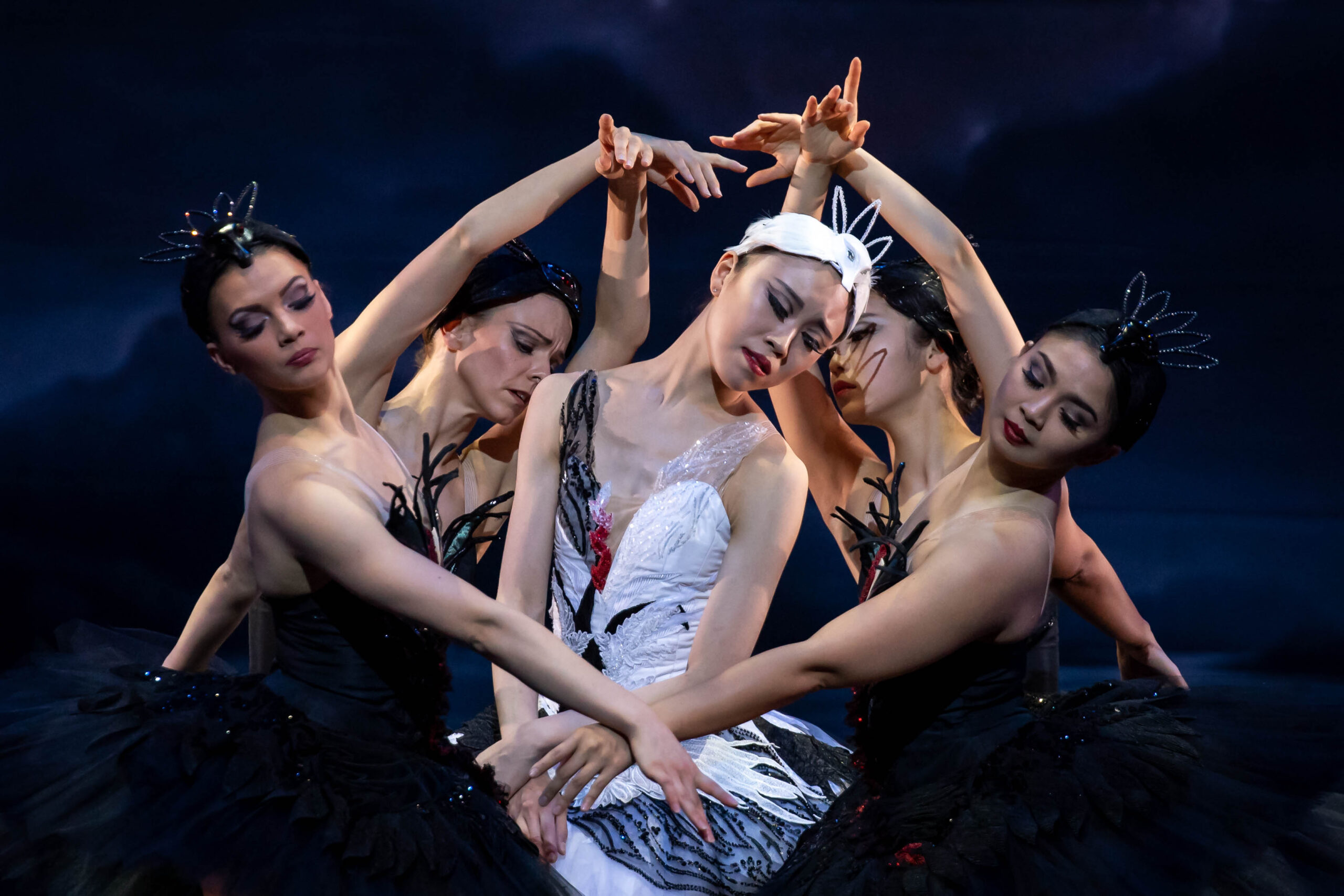
Seeing his latest Swan Lake last night, it is hard to believe it was ever done differently. In fact, it feels as though it is the definitive version we’ve always known and loved.
This may be due in part to its incorporation of the 60,000-year-old Black Swan dance of the Noongar Beeliar people of the Swan River in Western Australia. In a world-first collaboration, Pastor has worked with Noongar artist, leader and guide, Barry McGuire, combine this ancient music and dance with the vocabulary of classical ballet.
As Pastor told Limelight Magazine in Australia, “Barry told me the story of a white swan which is attacked by an eagle. A black crow is flying overhead and sees what has happened. It offers its own feathers to save the dying swan, and that’s why swans are black in Western Australia.”
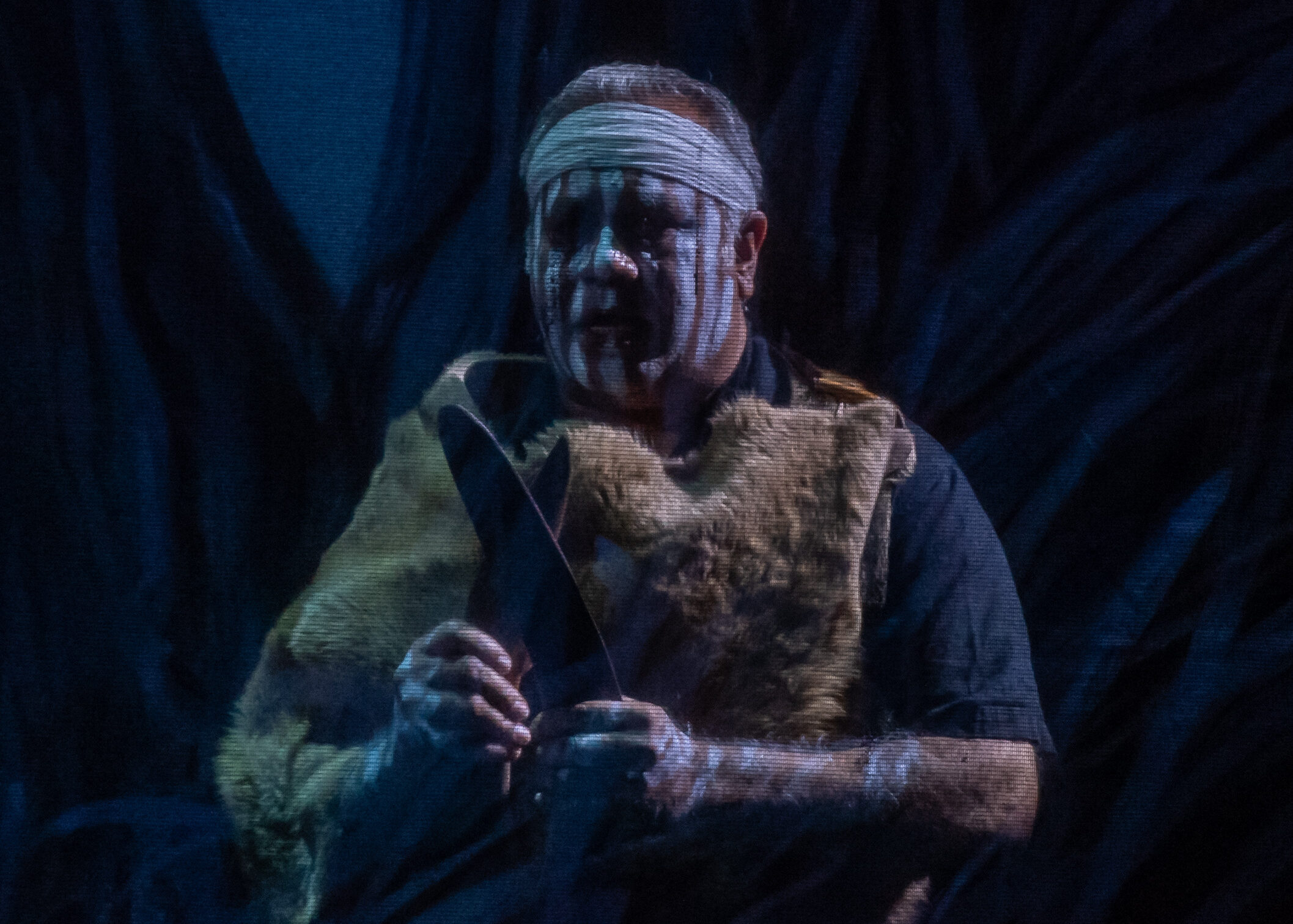
And they are also black in this production, with only Odette first appearing in the classic white tutu, before she is attacked by the eagle – this production’s version of the Rothbart character usually found in the ballet.
Most profoundly, this collaboration between Pastor and McGuire proves that the DNA of Tchaikovsky’s 1877 ballet can be traced well beyond the Crusades, when stories of the swan maiden were first told across Europe, to a time when, as McGuire says, “the world was soft”.
Pastor’s latest version of Swan Lake opens in the West Australian port city of Fremantle, a cosmopolitan hub filled with newly arrived immigrants and European traders who drink and make merry. Not much has changed. Working closely with the West Australian Maritime Museum in Fremantle, set designer Phil R. Daniels has created an impressionistic view of the city – a collage of business signs and steel sheds along the docks – and he perfectly captures the unique and vibrant blues of the water and sky in the southern hemisphere.
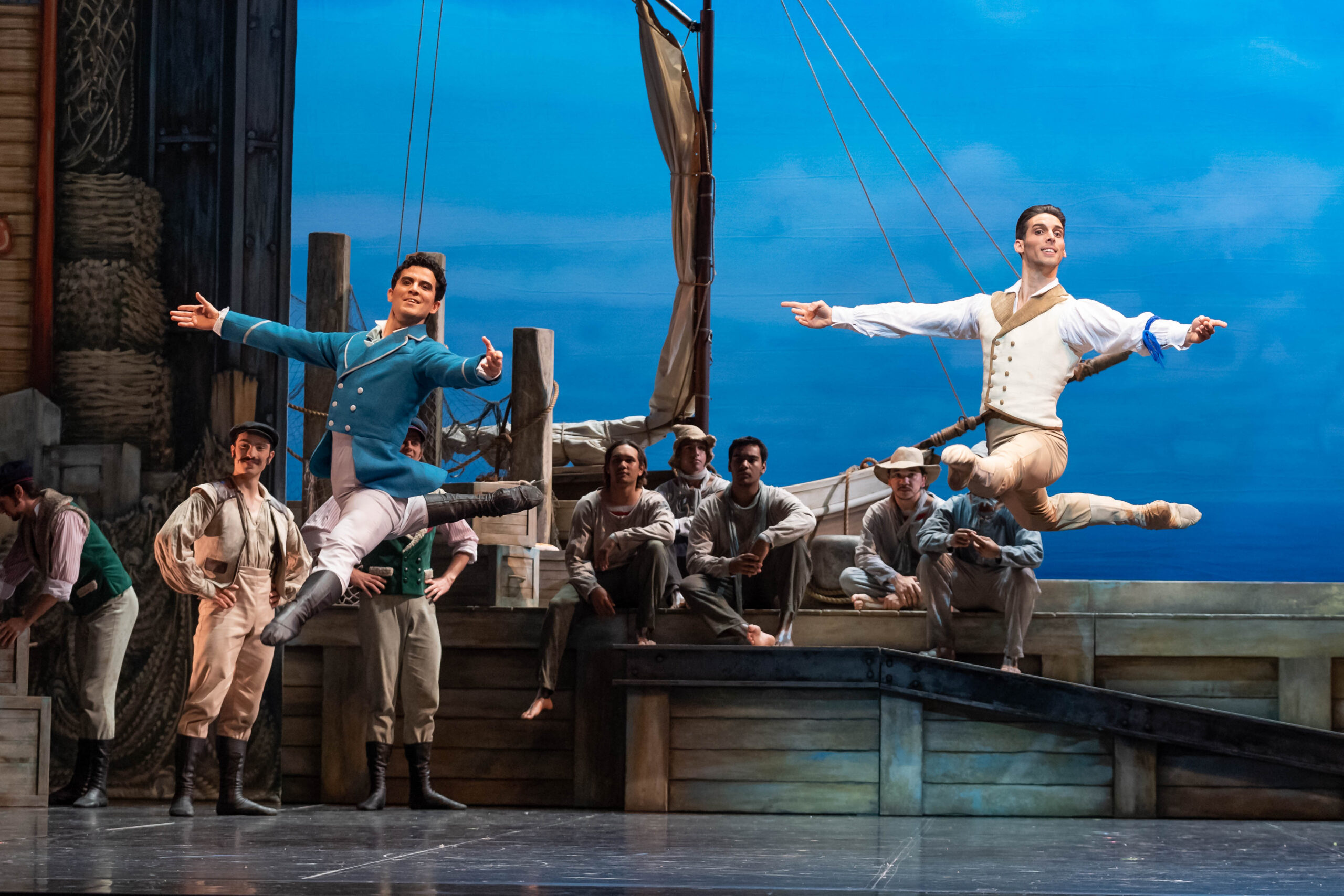
The exquisite hand-painted backdrops in this production were made in England, and Daniels reveals to LAVIE that his rendering of the Fremantle sky is a combination of three different cloud formations that seem to transition into one another, ever so subtly as Jon Buswell’s nuanced lighting takes us from the brightness of day to dusk. Charles Cusick Smith’s historically accurate costumes are a kaleidoscopic array of international fashions worn by the immigrants. They mingle with the indigenous Noongar population, who look on in mild amusement and even disbelief as the new arrivals try to ignore the heat and seek shelter from the sun under their useless parasols.
The Noongar people are led by Mowadji (Kyle Morrison), who befriends and mentors the young Sebastian Hampshire (Oscar Valdés). This first scene underlines the message underpinning Pastor and McGuire’s version of Swan Lake: the need for all those who come to Australia to understand its nature, and to embrace their connection to the environment. Instead, the colonialists insist upon pursuing their very British ways and exploitative business practices to their inevitable and tragic conclusion.
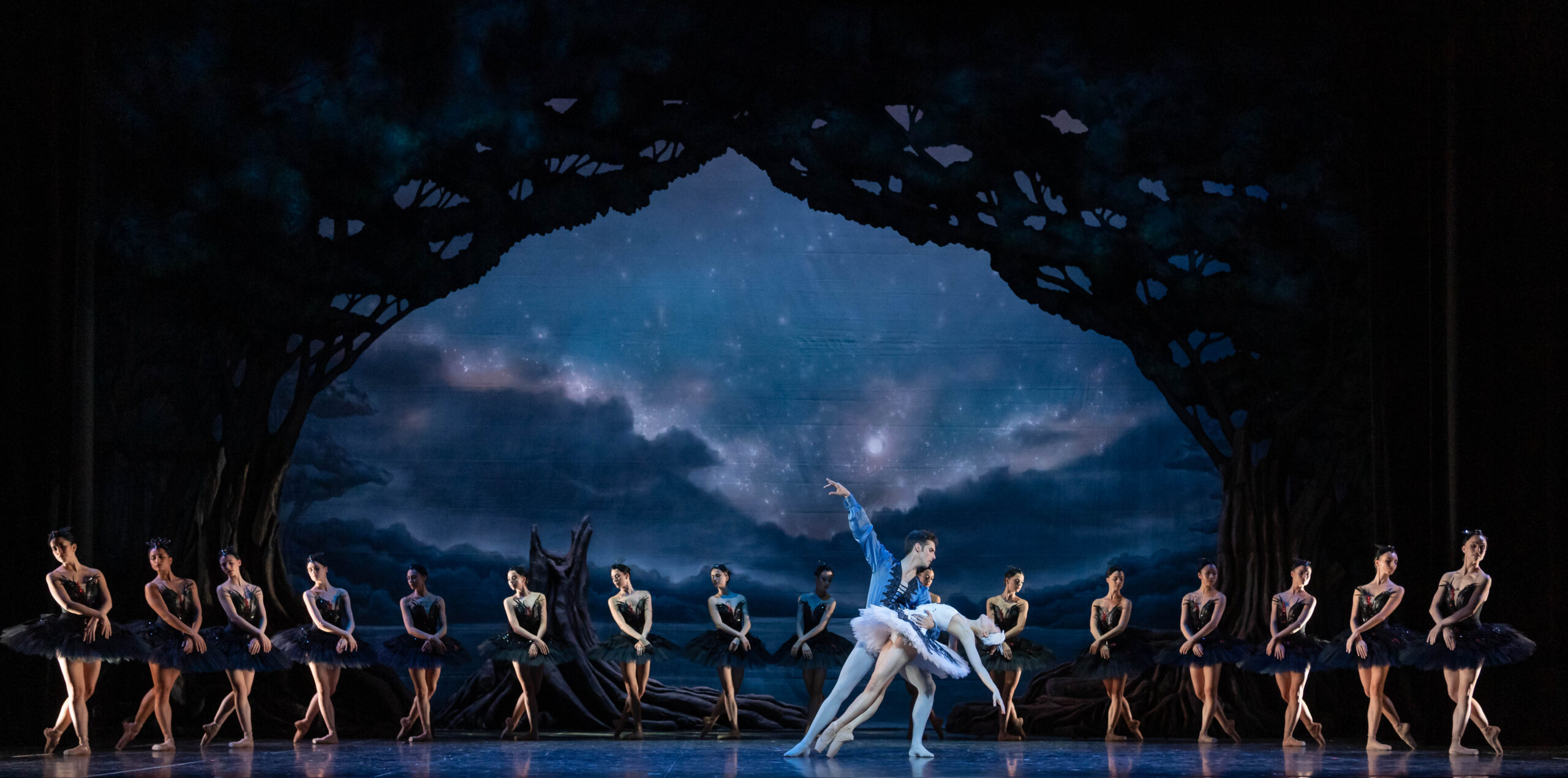
The absurdity of the colonialist position is brilliantly reflected in the set and costume design for Act III – a marquee in the riverside garden of the British Governor’s residence. As the curtain goes up, this beautiful tableau elicits spontaneous applause from the audience, but upon closer inspection it resembles the 18th and early 19th-century landscape paintings of European artists, who struggled to accurately capture the Australian bush in their paintings.
This artificial world of the colony is inhabited by revellers at Sebastian’s birthday party, who cling onto a social construct totally incongruous with the natural world outside. The scene is interrupted by Mowadji, whose presence immediately reminds us that this bizarre attempt at imposing a culture from another hemisphere without any regard for the nature of the land or its people experiment is doomed. The toll it takes on Sebastian and the way he is torn between these two worlds is the story we follow in this deeply moving ballet.
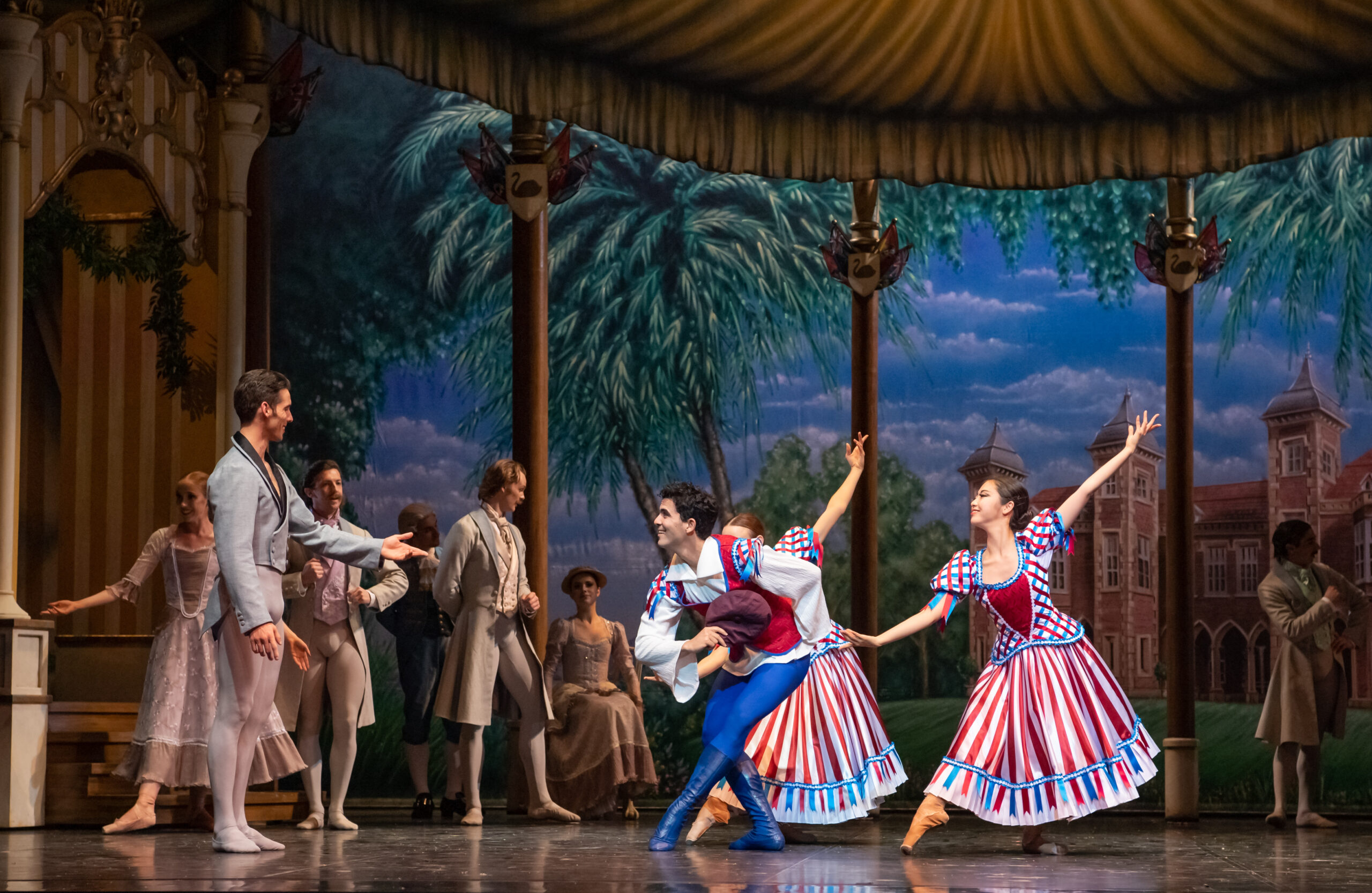
As Sebastian is led away from the trappings of his colonial lifestyle by Mowadji, the scene shifts to a sacred place for Noongar women on the banks of the Swan River, and the scenographic language changes too. The audience finds itself looking up at a starry sky from within a swan’s nest made of reeds, grasses and eucalyptus leaves. Then the perspective shifts again and we enter a world that, in part, resembles the Art Noveau infused paintings of Sydney Long, who broke with tradition in the 1890s and strove to capture the emotive qualities of the Australian landscape.
McGuire’s influence can clearly be seen here. As the singer and holder of the song and story of the black swan, he understands the requisite design markings. He has consulted on the entire creative process for this ballet, guiding Daniels and Cusick Smith and leading the design for his dancers and the scenography for the Swan River setting.
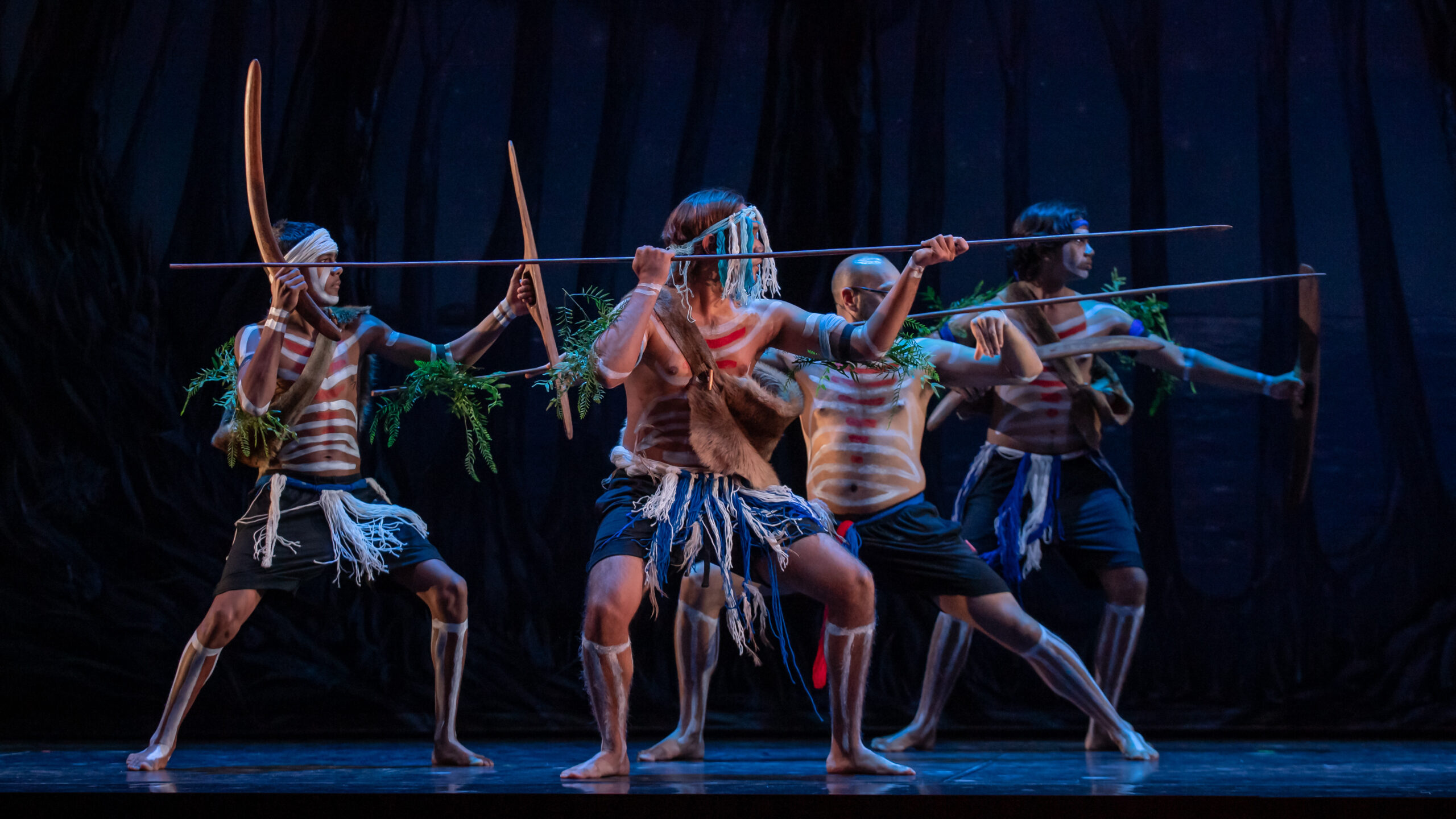
Choreographically, this staging of Swan Lake also occupies three very different worlds, which seamlessly unite in this ground-breaking production. There is the ancient Noongar dance of the Black Swan, the three parts of which are performed at pivotal points throughout the ballet and sung by McGuire as Boodja Wiirm, the Spirit of the Land. Then there is the original, so-called ‘white act’ created by Lev Ivanov and brilliantly recreated here by Assistant Choreographer Simonetta Lysy, as well as Pastor’s own new choreography, which not only breathes new life into the first, third and fourth acts, but also ties it all together into a holistic narrative experience.
In some stagings of Swan Lake, audiences are left to endure the first and third acts, with their twee national dances, as they eagerly await the arrival of the iconic swans. Not here. Pastor’s new choreography honours the original ballet, while transforming these scenes into thrilling displays of the West Australian Ballet dancers’ abilities. Special mention must be made of Julio Blanes, Mayume Noguromi and Claire Voss, who shine in the divertissement in Act 1 and return in Act III in a superb Neapolitan dance.
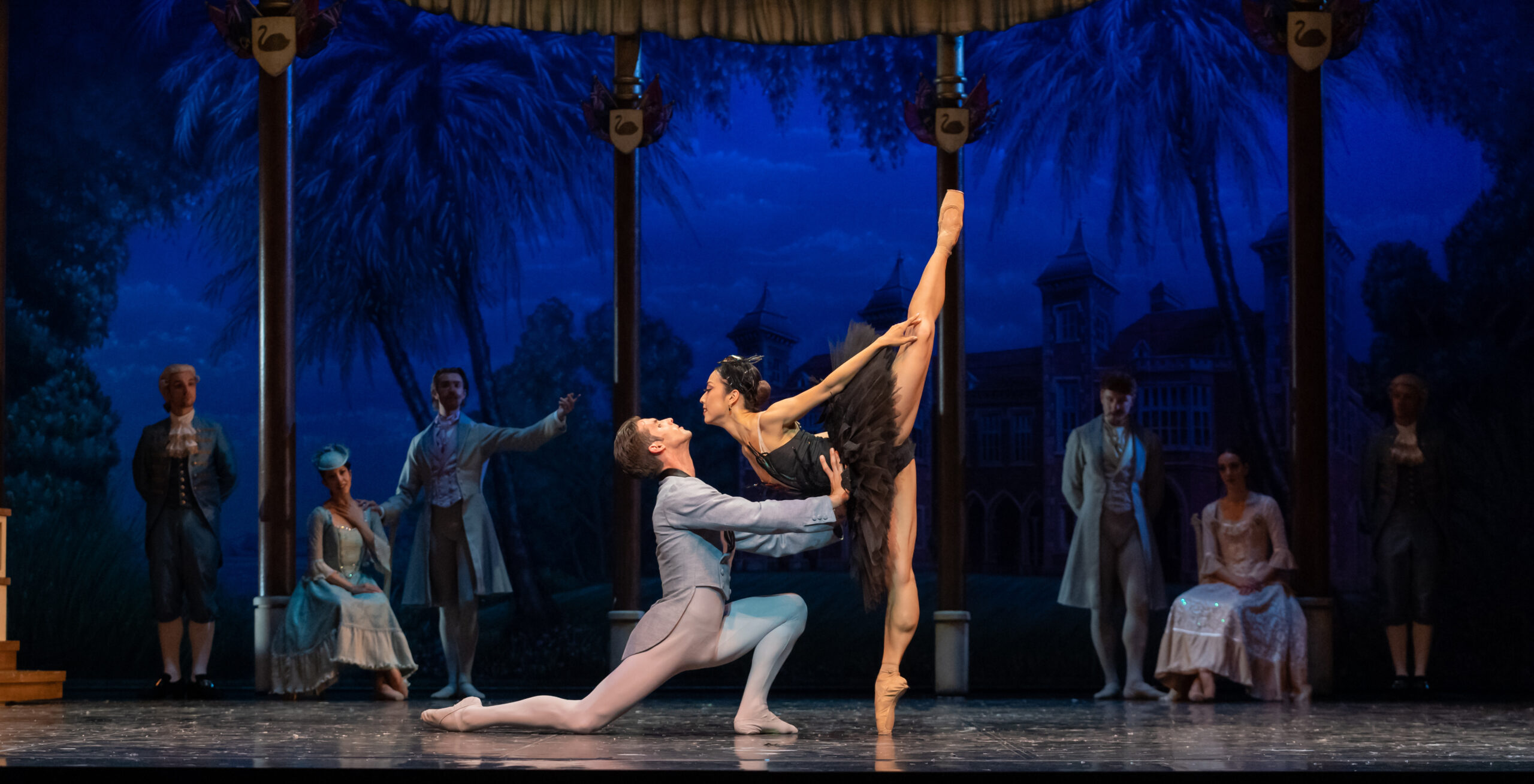
Blanes recalls the great Wayne Sleep with his athleticism, (no doubt he is an exceptional Bluebird in Sleeping Beauty) and he defies gravity with one cabriole and tour en l’air after the other. So does Oscar Valdés as Sebastian, who not only thrills the audience with his variations in the Black Swan pas de deux during Act III (also recreated by Lysy), but also proves to be an exemplary partner and ‘invisibly’ supports Kiki Saito as Odette and Chihiro Nomura as Odile.
Saito displays a beautiful line and stamina as the white swan – here the manifestation of a pure and natural ideal that Sebastian strives to achieve under the mentorship of Mowadji – while Nomura is a vivacious and technically superb Odile with her legendary sequence of consecutive fouettés in the Black Swan pas de deux. Originally, Odile and Odette were danced by the same ballerina, but in Pastor’s version, the part of Odile has been considerably expanded and the two roles are performed by different dancers.
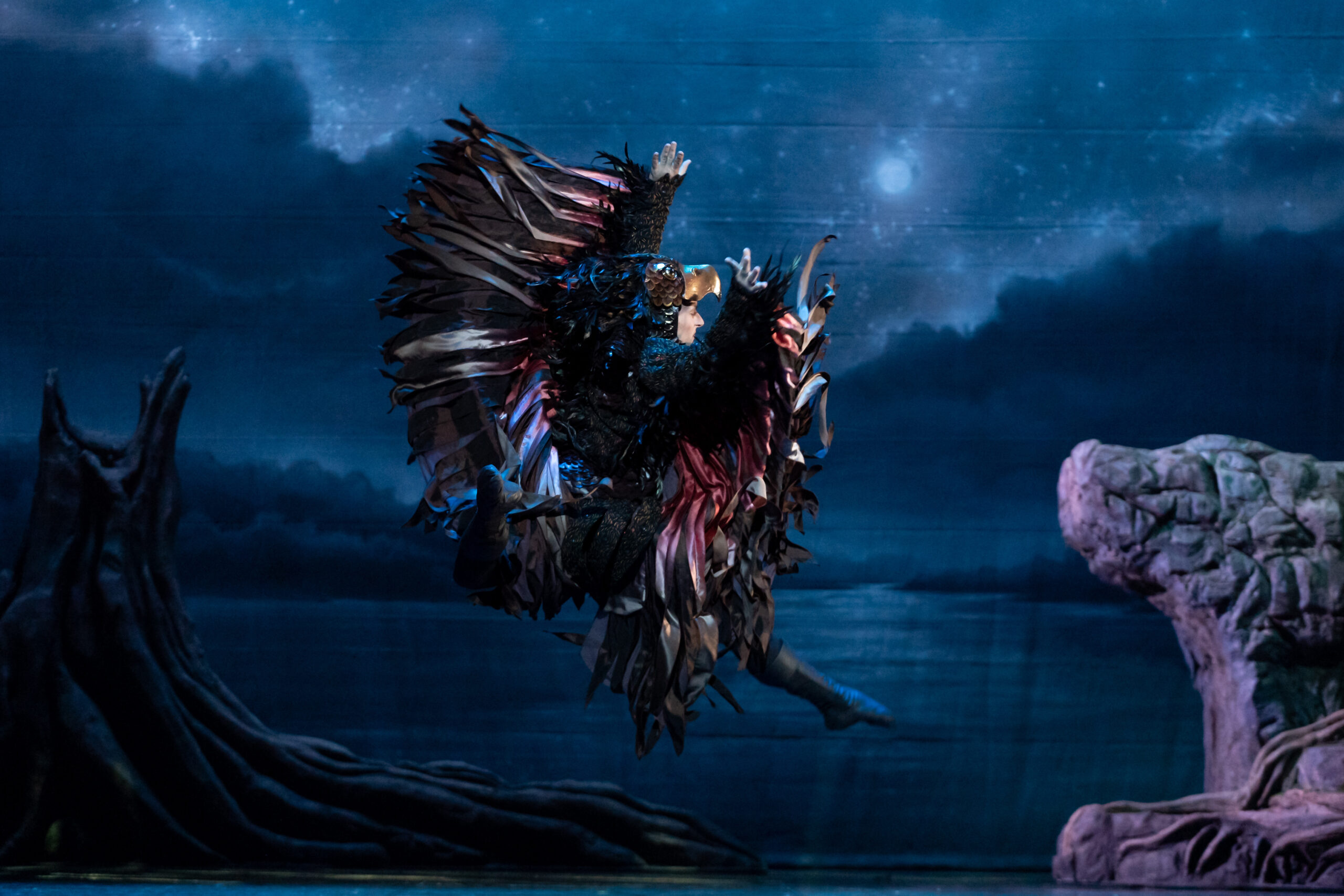
Pastor also did this in his version for the Polish National Ballet, with the black swan becoming prima ballerina assoluta Matylda Krzesińska, the lover of Tsarevich Nicolas II. In Australia, she is the daughter of the sinister businessman Mr Greenwood (Matthew Lehmann), who plans to exploit the land and its resources with the help of Sebastian’s father, John Hampshire (Christian Luck).
Sebastian’s friendship with Mowadji and the indigenous inhabitants of the land concerns Greenwood and Hampshire, their unscrupulous greed manifesting itself as the eagle that plucks the feathers from Odette’s body. As these two men conjure the eagle, Pastor employs one of his choreographic hallmarks to create the illusion of Greenwood’s transformation into a bird of prey. It recalls the transition he employed when switching between the young and old Dracula in his earlier work, however this time it’s an intricately crafted three-way sequence that sees the three men’s bodies intertwine, with Lehmann emerging as the winged and eagle-headed adversary.
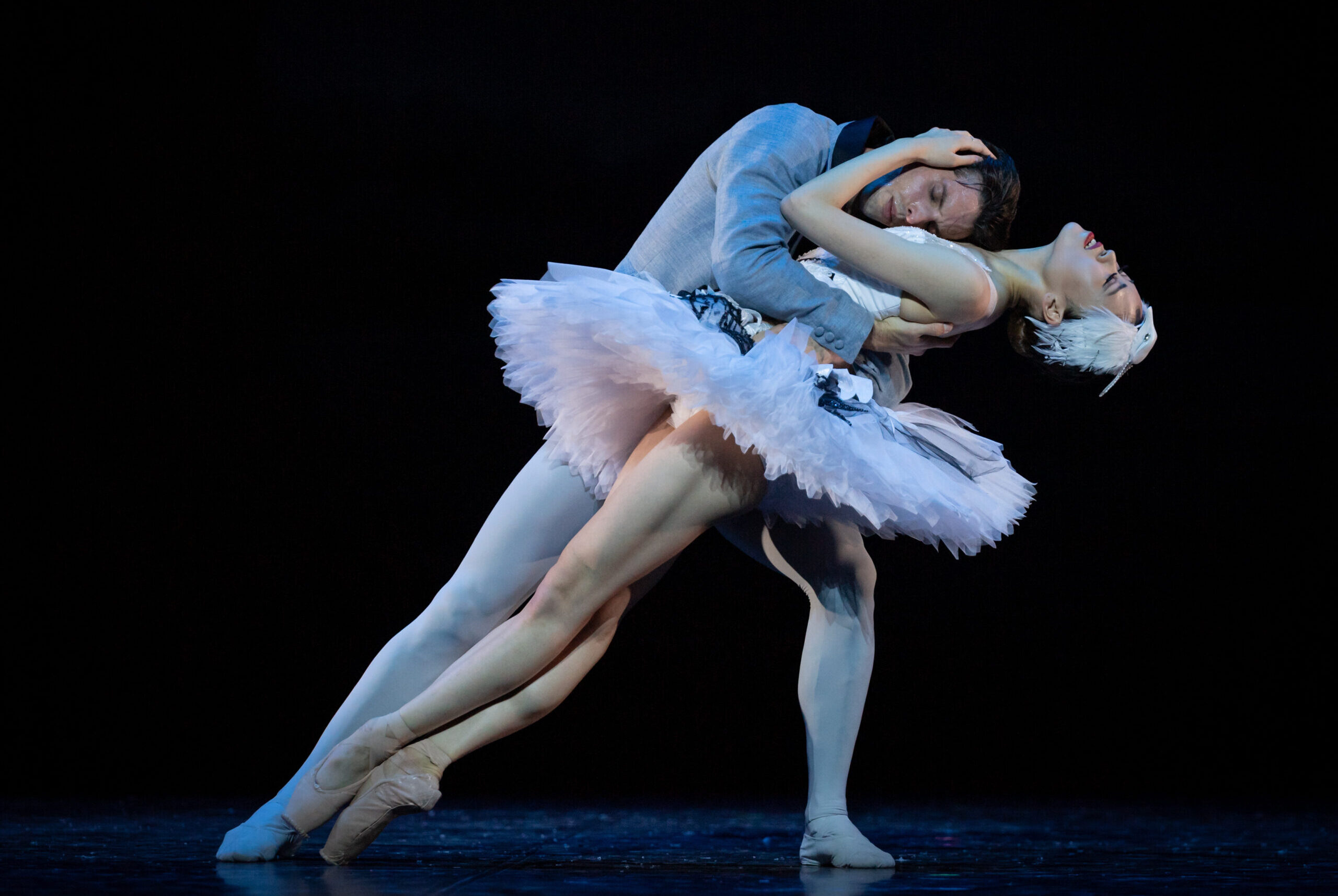
The female dancers of the West Australian Ballet are breathtaking as the swans, resplendent in their black tutus, with a streak of red representing the black swan’s red beak. Under Lysy’s guidance, they deliver a masterclass in dancing in unison. Their discipline is second to none.
As the Noongar people, McGuire’s sons Caleb, Jeeomarra and Tjiirdm are joined by Wimiya Woodley, Tjahkai Dewar and Morrison. Their presence is vital to the narrative, first rearing Odette during the overture, then rescuing her from the eagle and offering her the feathers of their totem, the black swan, in place of those she has lost. In a stroke of pure genius, Pastor brings the Noongar dancers on stage in single file to mark out the line the black swans subsequently follow as they make their first entrance in Act II. The inference is that they have summoned the swans through their dance, and it is a beautiful piece of choreographic juxtaposition that will be sorely missed in any other version of Swan Lake.
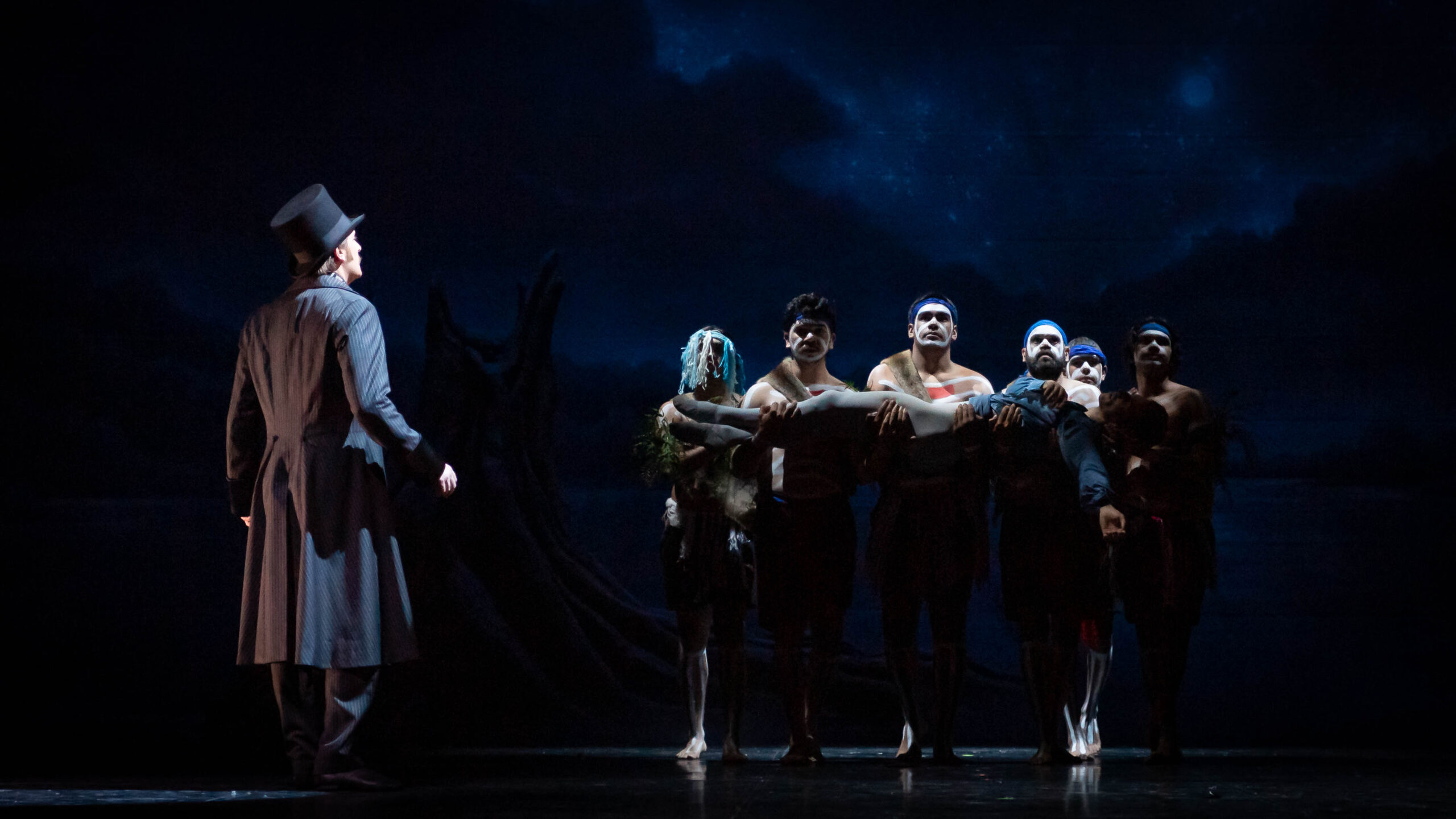
As with the delayed resolution of Wagner’s Tristan chord, dissonance can give way to moments of pure ecstasy. So it is in this landmark staging of Swan Lake, in which disparate dance styles, music and cultures have come together in a sublime piece of theatre. As McGuire sings his ancient song in perfect harmony with the final strains of Tchaikovsky’s score, goosebumps appear and tears well up in a visceral response to the onstage magic.
Artistic Director Aurélien Scannella has wanted to stage Swan Lake with the West Australian Ballet for a decade. Now, as the ensemble celebrates its 70th anniversary, his dream has come true and what a sweet dream it is. Scannella has much to be proud of. Not only has he assembled an extraordinary creative team headed by Pastor, but he has transformed the West Australian Ballet into a great company that rivals any other ensemble in Australia or abroad. This production of Swan Lake should be enjoyed by as many people as possible. Hopefully, like Dracula, it will soon be seen on stages around the world. It deserves to.
West Australian Ballet
presents
Swan Lake
by Krzysztof Pastor
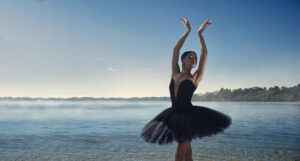
18 November – 11 December 2022
Book now at:
waballet.com.au



 Współczesne dramaty
Współczesne dramaty Present-day dramas
Present-day dramas



